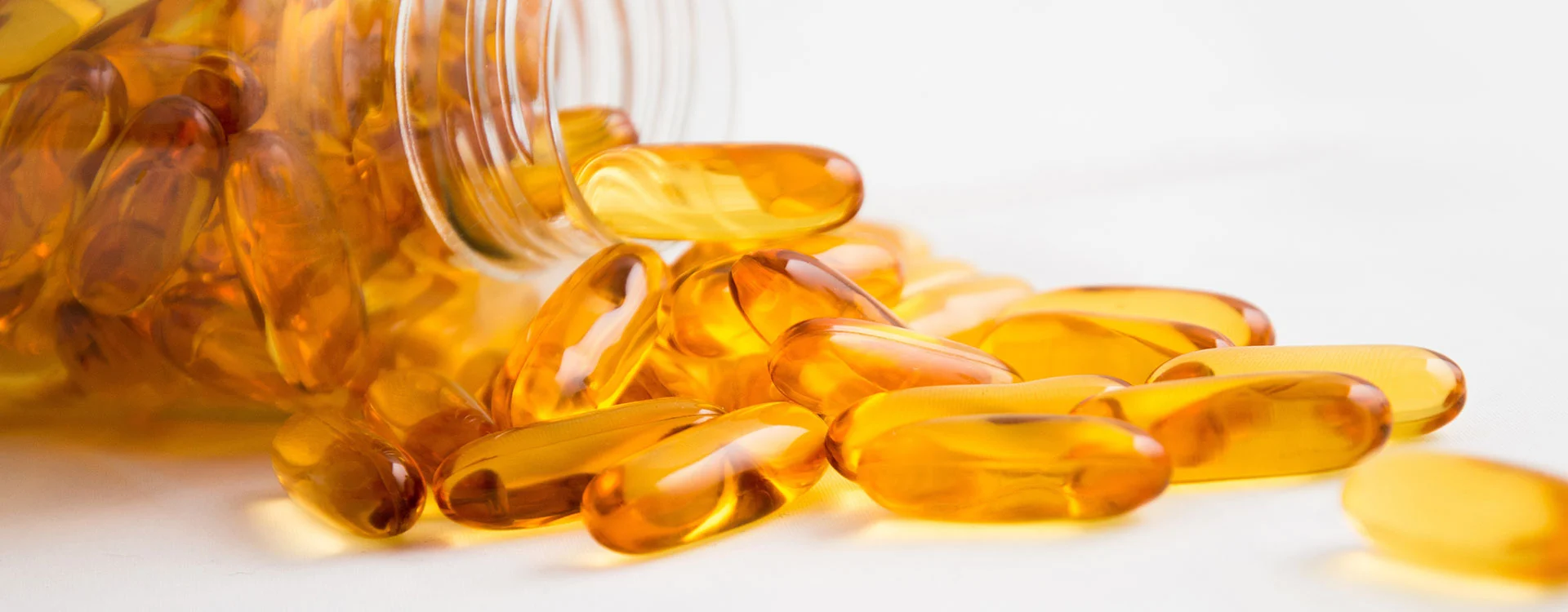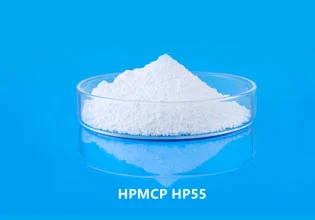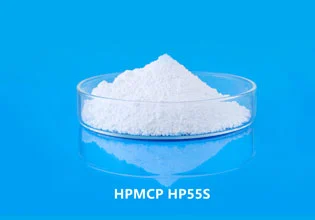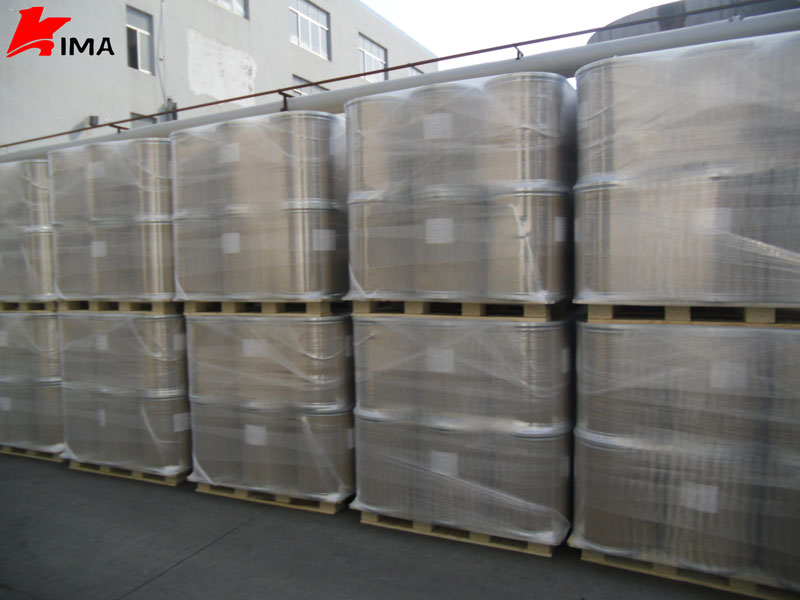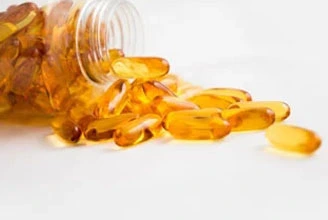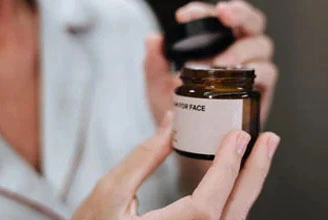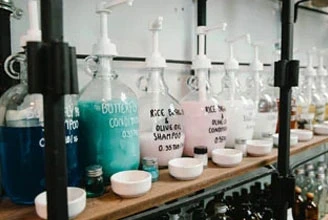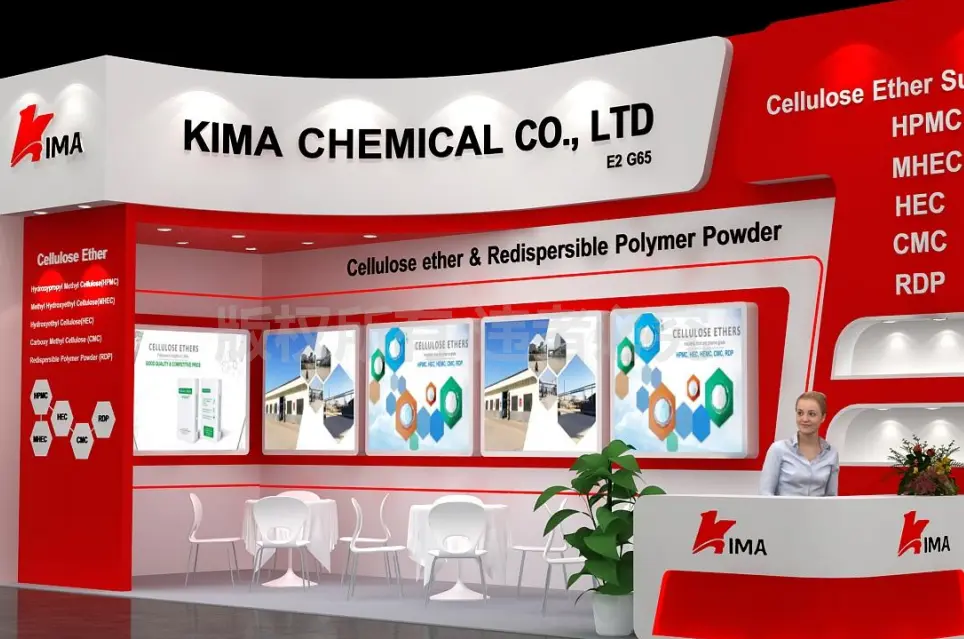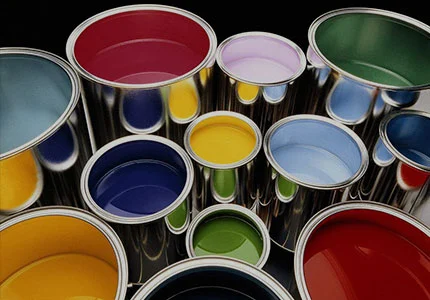Hydroxypropyl methyl cellulose phthalate (HPMCP) , also known as Hypromellose phthalate, is a type of cellulose derivative that is commonly used in pharmaceuticals as a coating agent for solid oral dosage forms such as tablets, capsules, and granules. It is a water-insoluble polymer that is derived from cellulose by esterification of the hydroxyl groups with methyl chloride and propylene oxide, followed by phthalic anhydride.
HPMCP is used as a pH-sensitive polymer, meaning that it is insoluble at low pH (e.g. in the acidic environment of the stomach) but becomes soluble at higher pH (e.g. in the more alkaline environment of the small intestine). This property makes HPMCP an effective enteric coating agent that can protect the drug from acidic degradation in the stomach and deliver it to the intestine, where it can be absorbed more effectively.
In addition to its enteric coating properties, HPMCP is also used as a matrix-forming agent and binder in sustained-release formulations. It has excellent film-forming properties, making it an effective coating agent for tablets, and it can be used to control the release of drugs from solid dosage forms.
HPMCP is an important polymer in pharmaceutical applications, especially in the development of solid oral dosage forms. Its pH-sensitive and film-forming properties make it an effective enteric coating agent and a versatile matrix-forming agent for sustained-release formulations.
 English
English 日本語
日本語 français
français Deutsch
Deutsch Español
Español italiano
italiano русский
русский português
português العربية
العربية Türkçe
Türkçe Nederland
Nederland
